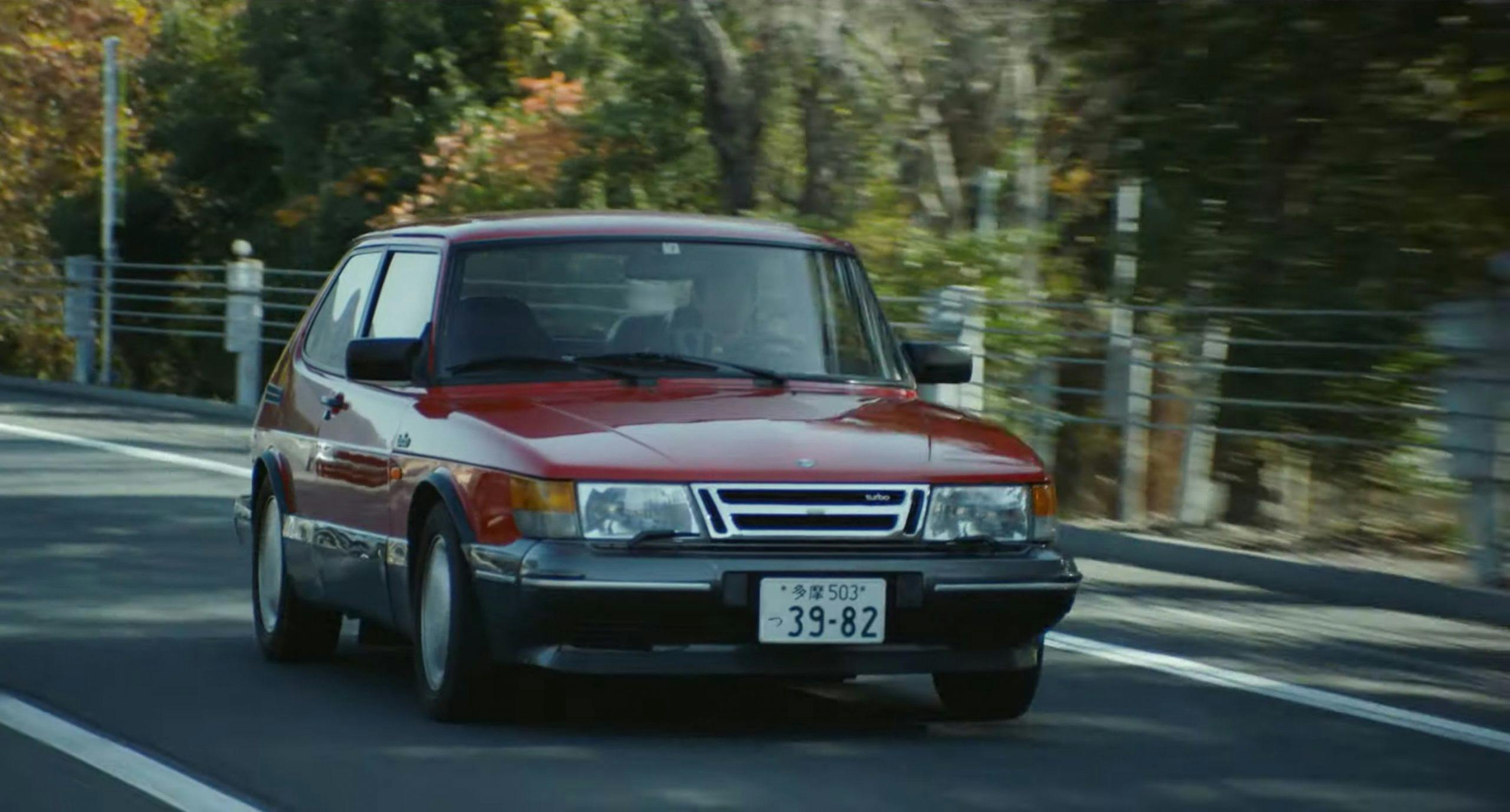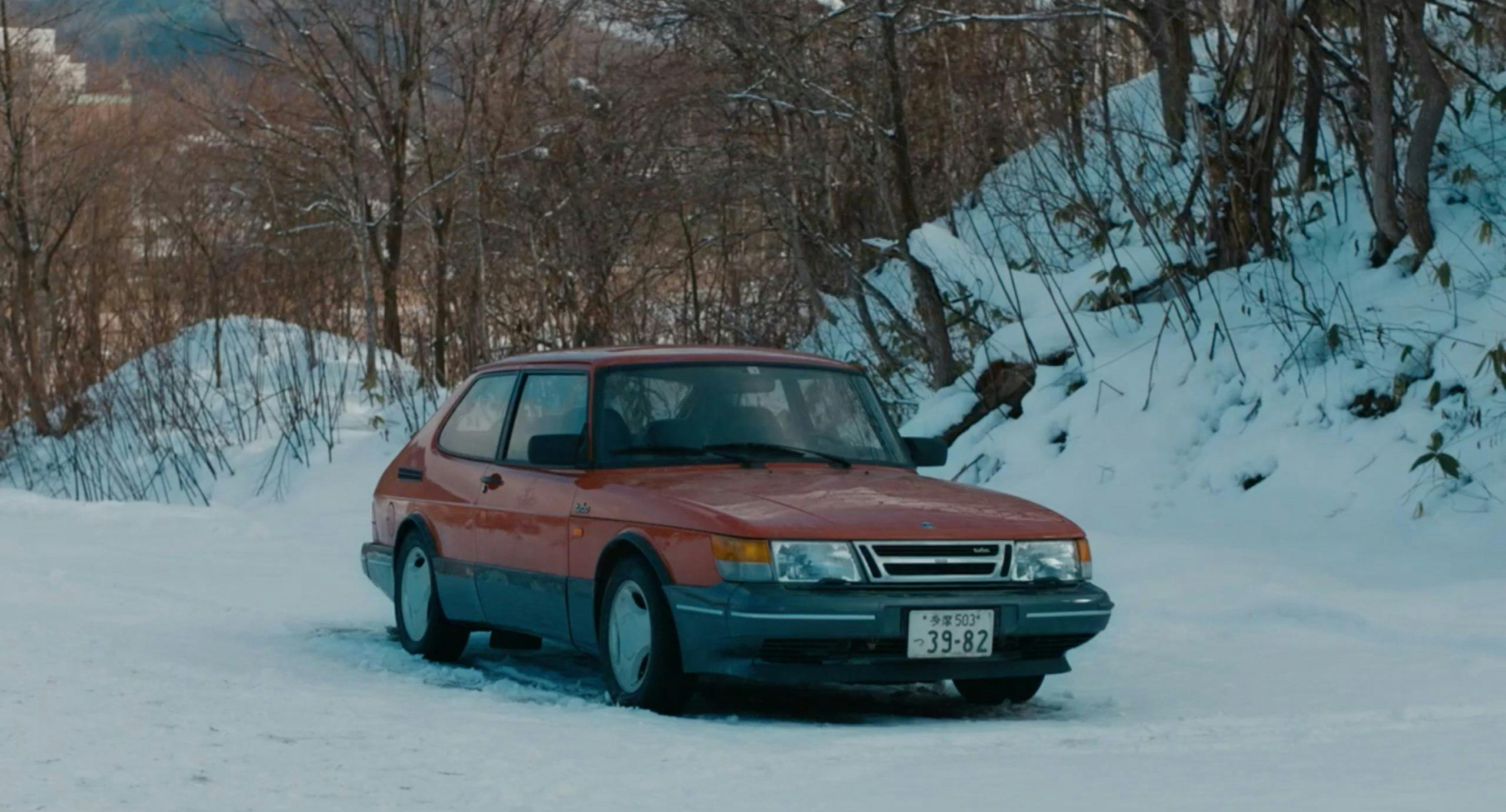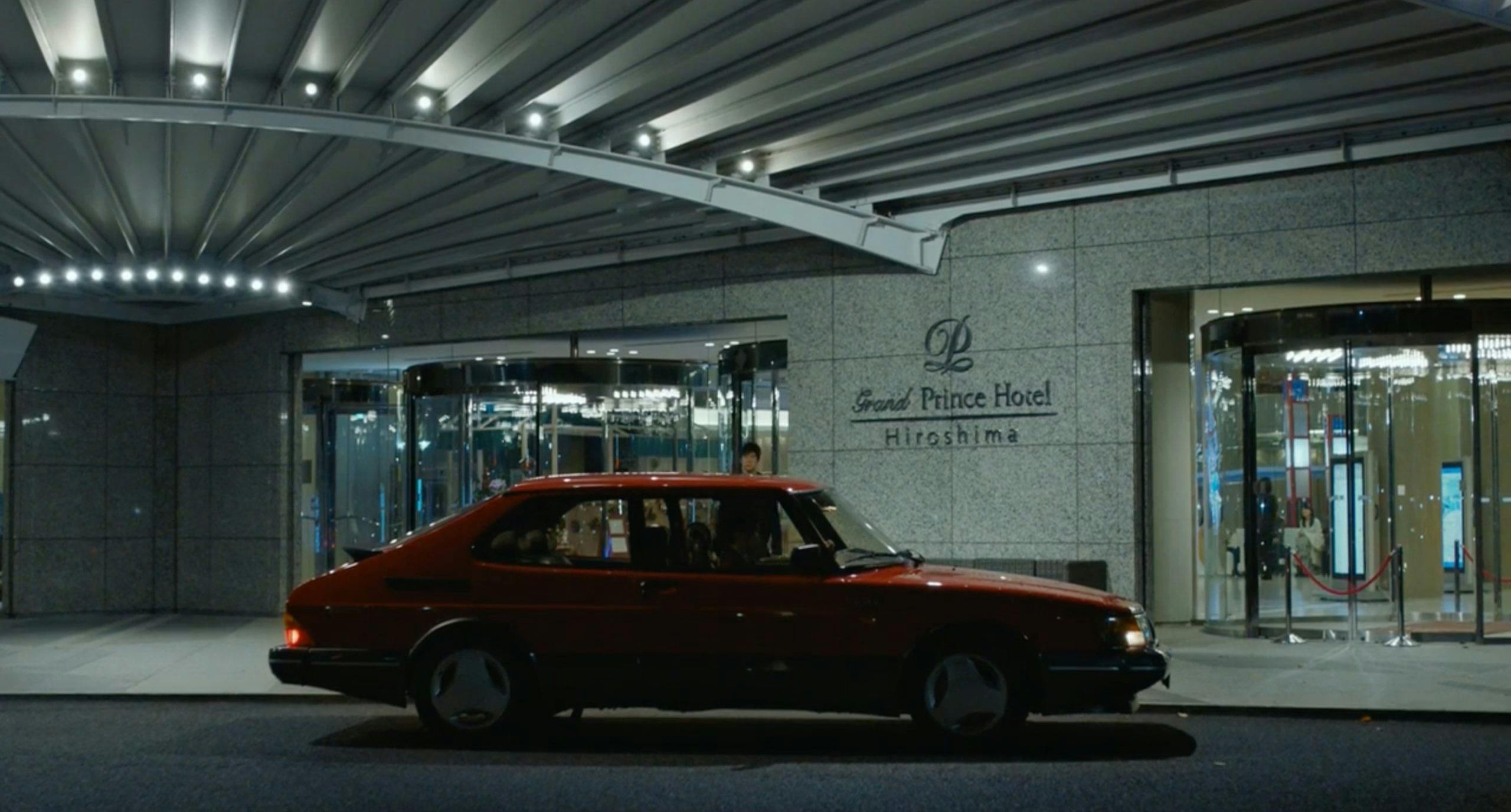Drive My Car : The Saab 900 Turbo as sanctuary
“Chekhov is terrifying. When you say his lines, it drags out the real you. Don’t you feel it?”
So says Yusuke Kafuku (Hidetoshi Nishijima), an actor-director who’s been given the honor of guest-directing a production of Anton Chekhov’s Uncle Vanya. But in Ryûsuke Hamaguchi’s film Drive My Car, the theater isn’t the only place where characters reveal themselves: Yusuke’s beloved red Saab becomes another stage where truths are told.
In Drive My Car, Yusuke is grieving over the sudden death of his wife Oto (Reika Kirishima). To cope, he plays a recording in his car of Oto reading the other characters’ parts from Uncle Vanya, leaving silences for him to fill with Vanya’s lines. When he arrives in Hiroshima to direct the play, he requests a place to live an hour away from the production so he can listen to the tape and practice along with it. It’s been two years since Oto’s death and he doesn’t intend on performing in the play, but he explains that it’s an important routine for him. When the theater festival directors insist on assigning a young woman (Tōko Miura’s Misaki Watari) as his chauffeur, he’s worried she might interrupt this process. Yusuke has always preferred driving himself, but here, he’s out of his comfort zone. Forced to yield control to a stranger.

As Drive My Car accrues accolades and awards, it wouldn’t be hyperbole to call it one of the best films of 2021. It also happens to feature one of last year’s best supporting performances and its most beautiful stars: a red ‘87 Saab 900 Turbo. At first, the car offers protection and escape for Yusuke. It’s an exoskeleton that protects him from the world, a haunted space he still shares with his wife, where he meditates alone on his loss. Though he’s uncertain about Misaki initially, she’s more than happy to listen to the tape with him. As the story progresses, however, the pair play the tape less and less often; they engage with each other—and the world itself—more and more.

When Yusuke begins to warm up to Misaki, he admits, “I’ve experienced many people’s driving, but it’s never been so pleasant. I’m glad she was assigned as my driver, is how I feel now.” The car becomes a vehicle for healing—a confessional where the lives of driver and passenger are slowly laid bare. Misaki has lost just as much as Yusuke has, he finds. The Saab’s seats function like a partition, obstructing conversation between driver and passenger. Yusuke finally moves from the backseat of the car to the front seat to sit alongside Misaki. They become more equals, friends even.

Yusuke has had his Saab for 15 years. He succinctly explains that it’s “pretty old and has quirks,” and it can be difficult at first (though he can’t pinpoint any issues with the electrical components). He could be describing himself, really. The Saab is as idiosyncratic and old as Yusuke, a man who is not only grieving but aging, recently diagnosed with glaucoma and informed by his doctor that he’ll one day be unable to drive. The Saab is a quirky car for quirky people, and Yusuke’s Saab certainly has its own little oddities, like the tape deck in lieu of an updated sound system, or left-hand drive in right-hand-drive Japan. Yusuke keeps the car in immaculate condition, though, and it’s obvious just how much he loves it. The Saab is an extension of himself. It grows on Misaki, too: “I like that car. I can tell it’s been treated with care, so I also want to drive it with care.”

It’s easy to see why Yusuke loves his car so much. This funny little premium compact is a cult classic, a shining example of Scandinavian design and innovation. Saab produced the classic 900 between 1978 and 1993. Compared to its predecessor, the 99, it was bigger and more elegant, with a redesigned front end and an extended clamshell hood. During the darkest years of the Malaise Era, a time defined by dismal automotive performance, Saab pulled off the miraculous: it increased torque and horsepower with turbocharged engines, managing to maintain performance while still complying with stringent U.S. emissions legislation.
Saab filed for bankruptcy in 2011, but during its heyday in the pre-GM years it was known for safety and performance. Saab was a very early proponent of the seatbelt and it made strides in refining turbocharged engines for the masses, not just race car drivers. The 900 Turbo model made a major leap when Saab introduced the H-series eight-valve turbocharged engine for the 1981 model year, producing a healthy 143 hp and 173 lb-ft of torque—plenty for mid-range passing power.

The Saab 900 Turbo performed like a sports car but it was as practical as a family car. It was comfortable, handled well, and most importantly, it was fun to drive. Even James Bond approved: in several John Gardner-penned novels, Bond chose a ’78 Saab 900 Turbo for his personal car, nicknamed the Silver Beast and replete with the requisite gadgets, from tear gas to bulletproof glass. Maybe Saab wasn’t exaggerating when they called it “the most intelligent car ever built.”
In Haruki Murakami’s 2014 short story, on which the film is based, Yusuke’s car is a yellow convertible; for the screen Hamaguchi recast it as a red Saab Turbo, a smart and cinematic change. The little red Swedish car pops in an otherwise visually understated film, especially striking in wide shots and against the snow and the muted colors of the road. Its enclosed space is also more conducive to dialogue than a convertible would have been; it helps contribute to the feeling of the car as a sanctuary for the film’s characters. The 900 was even safer than the 99, ensconcing its driver and passengers in an unyielding safety shell reinforced with steel. It makes this car the ideal armor for Yusuke.

With Drive My Car, Ryûsuke Hamaguchi has adapted Murakami’s short story into a three-hour film about, well, everything: loss, betrayal, self-discovery, acceptance, the healing power of art, the truth in performance, the guilt and unanswered questions that complicate grief. But it also shows how integral our cars are to our identities, our relationships, our lives. The film evolves into an existential road movie, each stop full of meaning and memories for its characters, recreating the magic of sharing a ride with a companion on a long journey. It’s a beautiful showcase for the Saab at the heart of this story. Drive My Car powerfully renders the pleasure of traveling in a cherished ride and the profound connection that we have with our cars, idiosyncrasies and all.








